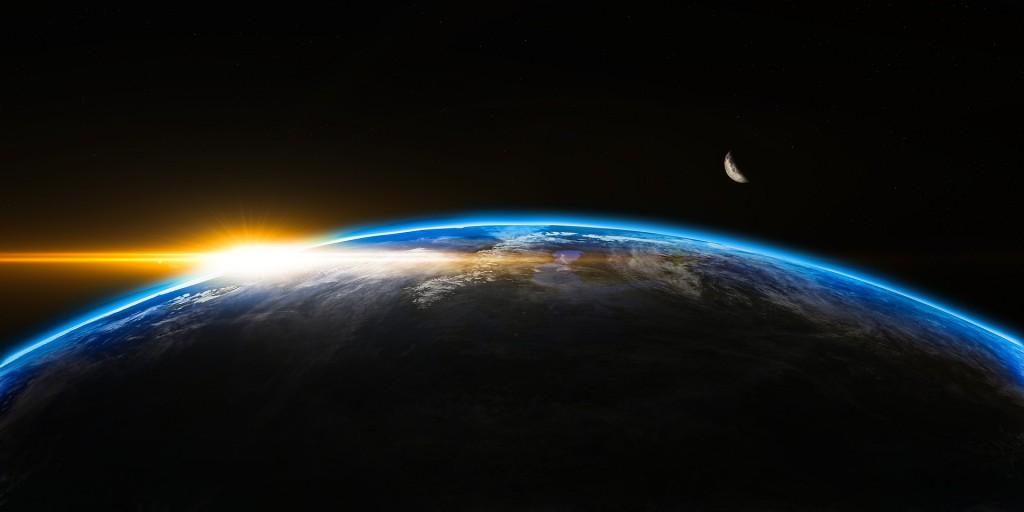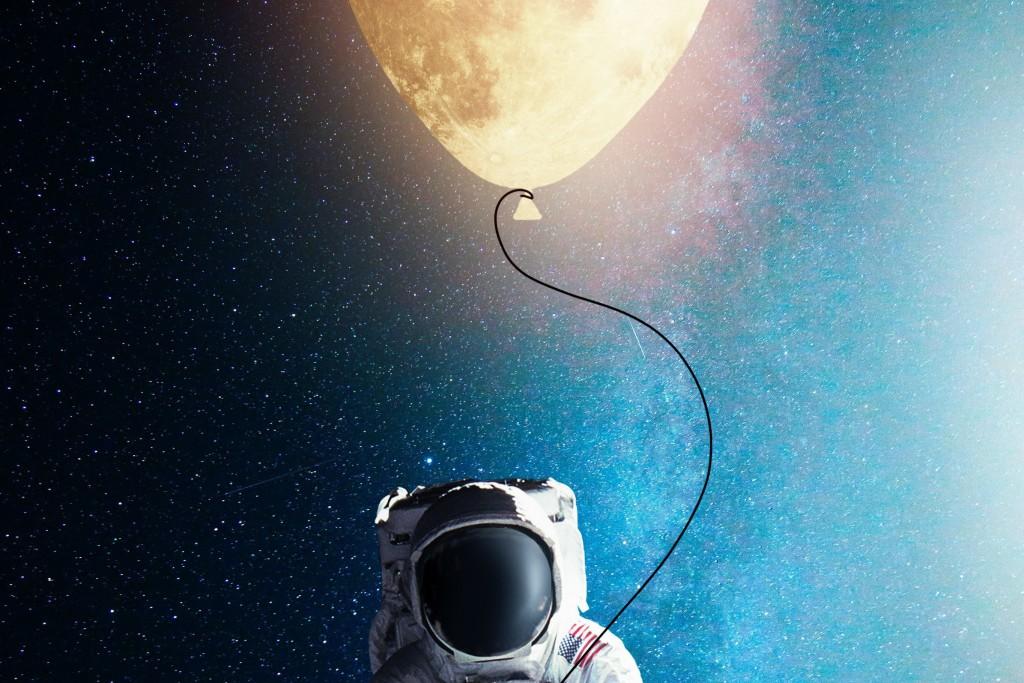Not quite.
A stratospheric selfie? Definitely.
Calling all armchair astronauts! You, too, can view the wild black yonder via balloon. No special training needed, just buckets of cash. Start saving now: two space balloon companies are planning launches in 2024.
First let’s answer some questions about space balloon travel.
Is it really space travel?
Technically, no. 100 kilometres above land is the accepted aeronautical boundary of the earth’s atmosphere. Current space balloon flights top out at around 30 kilometres above Earth. Passengers can still see the curvature of the planet, details below and stars above from this vantage point.
Will there be rockets?
Sorry, the only rocketing will be your socials once you post the pics.
To get to the stratosphere, you enter a chamber attached to a balloon. The balloon fills with a buoyant gas that lifts the cabin for a gentle journey 30 kilometres up. The ride takes about 2 hours.

At apogee, spend some time absorbing the slender line between Earth’s atmosphere and space. Sip Champagne in the stratosphere, then take an 18-mile high pee. Don’t forget to mark the occasion with a selfie. Recline, chill, relax, soak in the world, literally at your feet. Too soon, the balloon descends, a slo-mo reality-check. Slug down the last of the fancy fizz and prepare to disembark. Congratulations! You are one of the first Space Tourists.
Weightlessness?
Sorry, no woofy hair or easy-peasey backflips. For weightlessness, go for a zero-g plane ride or just lay off the crisps, mate.
Do I get to see the Earth’s rotation?
Physics keeps balloons within the Earth’s stratosphere at a fixed point, so you’ll land in a fixed place. Not altogether bad news: this means that getting back to your car is a snap.
So if I need to go…
Yup, there’s a loo.
Why doesn’t the balloon just keep going up and up?
Once the balloon reaches the ambient density of the stratosphere, it stops ascending. Known as Archimedes’ Principle, this is also how boats work. Basically, once the craft reaches equilibrium with its surroundings (air or water) it floats.
How the heck do we get down?
Off-gassing the contents of the balloon changes the pressure differential, which makes the balloon sink.
Landing is about as bumpy as at Heathrow, minus the horror of baggage-claim.
Do I get to wear a space suit?
Only if you want to. Pressurized cabins allow for ease of movement and keep your blood from boiling at room temperature.
Can I call myself an astronaut?
Some say that to be a true astronaut, you must be a member of a crew who performs tasks for the sake of science or human safety. There’s also something about crossing the 100 km line, but I have a feeling that you can omit that bit in your cocktail party tale. Feel free to challenge anyone to a duel with cocktail swords at dawn.
Wait, what? Is a fizz-guzzling lounger wannabe like me a prototype of the future?
Maybe. Both balloon companies mention the next space starlets in cinematic, futuristic, and inclusive terms. At today’s prices, the reality is closer to earth: people who can afford to spend thousands per minute for an exclusive glimpse of the globe.
Something to think about: early transatlantic flights were luxurious experiences available to only the very wealthy. Imagine complaining to the grandkids one day about how fancy schmancy space travel used to be.
World View
World View aims to help space tourists ‘rediscover Earth’ by soaring above bucket-list destinations. The company has plenty of experience soaring and looking: World View’s day job is capturing high resolution imagery of Earth via remote-controlled stratospheric balloons for scientific, government and commercial enterprises.
- Cost: $50K, $500 deposit
- Height: 30 km above Earth
- Gas: helium
- Flight: 6-12 hours
- Passengers: 8, plus 2 crew
- Nifty: vistas include Grand Canyon, Great Barrier Reef 2024, with plans to add Serengeti, Kenya in 2025; Aurora Borealis, Norway; Amazonia, Brasil; Giza Pyramids, Egypt, and the Great Wall of China in 2026
Space Perspective
Space Perspective promotes ‘The world’s only carbon-neutral spaceship’ by recycling and upcycling balloons as well as using biofuel for future marine launchpads and renewable hydrogen for buoyancy. In 2014, the company’s founders worked with Alan Eustace to create a space balloon that broke the record for the highest human flight via balloon, 136,000 feet.
- Cost: $125K, $1000 deposit
- Height: 30 km above Earth
- Gas: hydrogen
- Flight: 6 hours
- Passengers: 8, plus one pilot
- Nifty: The module’s pointy downward end provides a soft landing for a watery splashdown and plans to implement marine launches from destinations for flexible launches, despite weather
Who knows? Maybe we’ll laugh in a hundred years about the olden days when stupid humans travelled by crawling overland instead of viewing Earth via space balloon?









